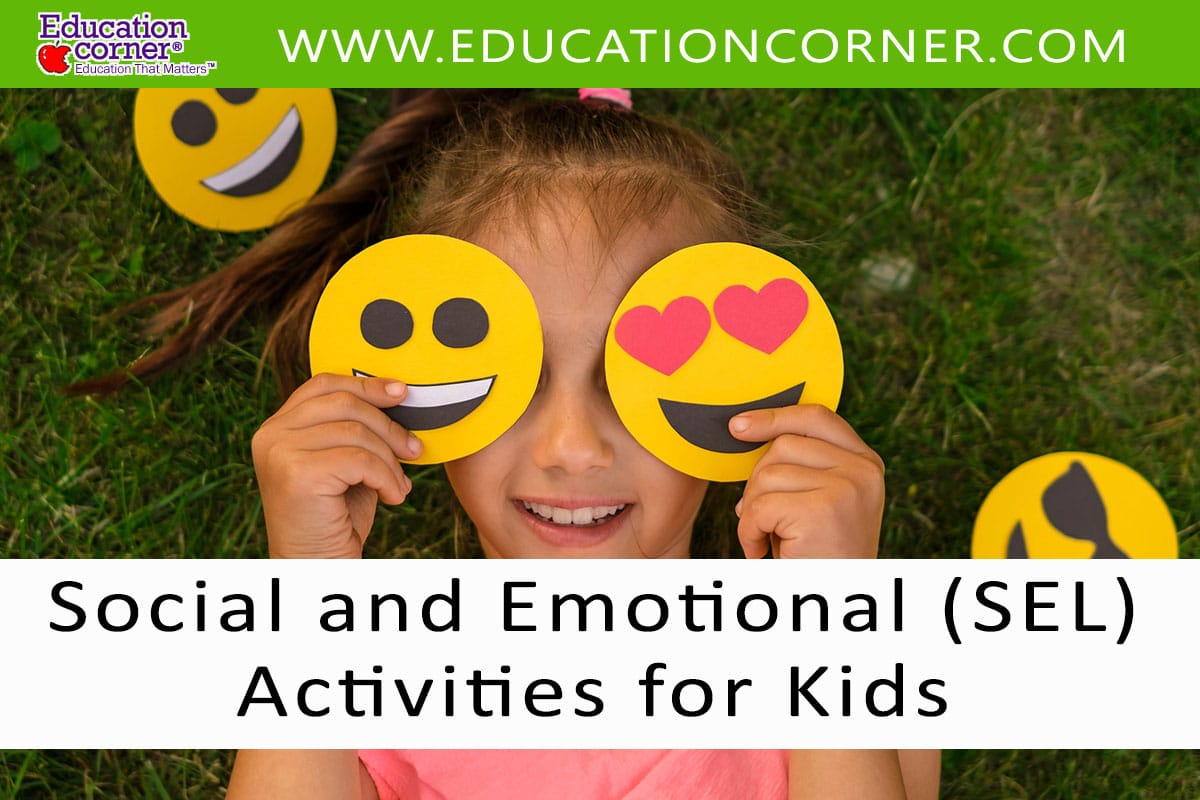Social and Emotional Learning (SEL) is crucial in the early years of childhood, setting the foundation for how children understand their emotions, relate to others, and navigate the world.
Skills, such as empathy, self-awareness, and communication help forming healthy relationships, managing emotions, and building a strong sense of self.
These activities encourage toddlers, preschoolers and other young learners to express themselves, recognize their emotions, and develop respect and understanding for the feelings of others.
Through play, storytelling, and hands-on experiences, we’ll show you how to foster empathy, teach conflict resolution, and build a strong foundation for future success.
1. Happy and Sad Face Sorting
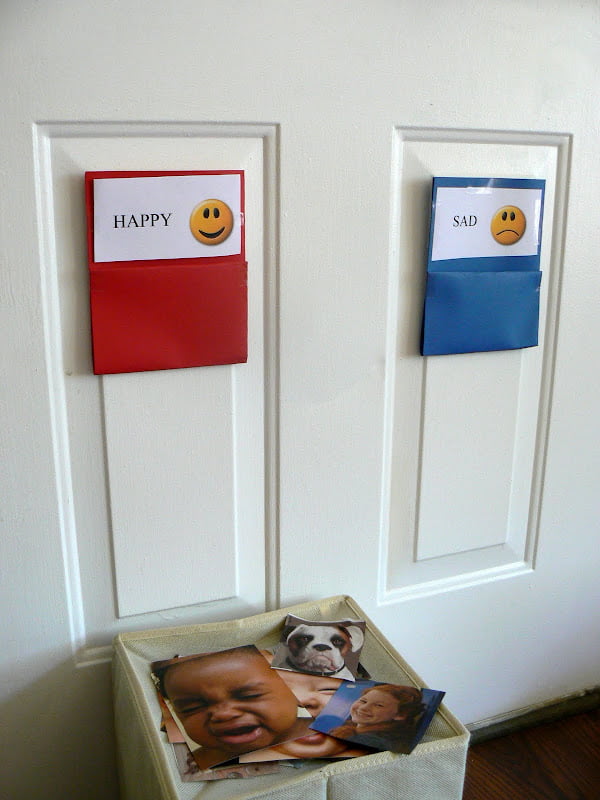
This activity, Happy and Sad Face Sorting, entails categorizing facial expressions into emotions of joy and sorrow.
Teachers and parents can utilize Happy and Sad Face Sorting as a valuable tool for emotional education, encouraging children to express themselves and empathize with others in a supportive learning environment.
Learn more: Having fun at home
2. Paper Plate Feeling Spinner
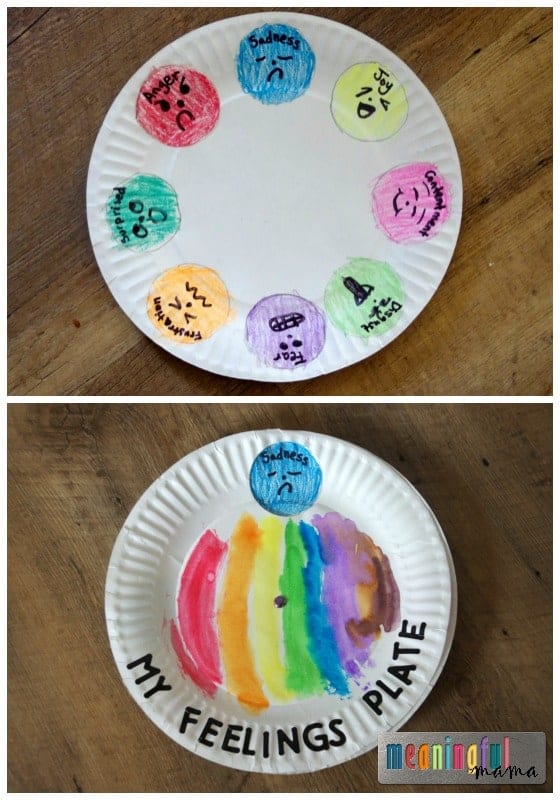
The Paper Plate Feeling Spinner activity involves creating a spinning wheel on a paper plate with various emotions written on it. Children spin the plate and then discuss or act out the emotion it lands on. This interactive tool promotes emotional literacy and expression, allowing children to explore and articulate their feelings in a playful manner.
Learn more: Meaningful Mama
3. DIY Emotions Flip Book
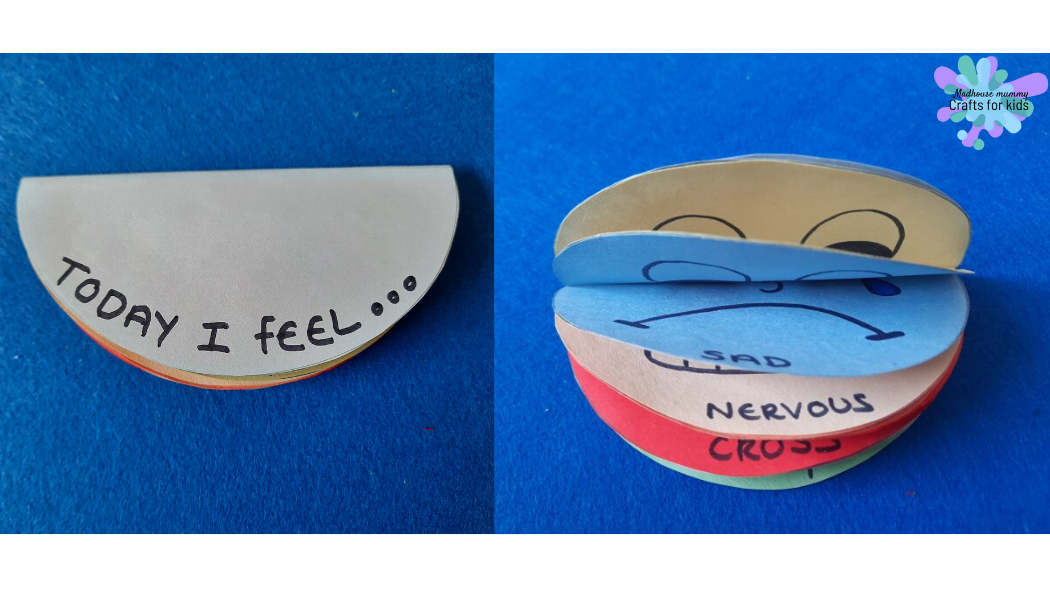
The DIY Emotions Flip Book activity involves creating a personalized booklet with illustrations depicting various emotions. Children can draw faces representing different feelings on each page and flip through them to explore emotional diversity.
Learn more: This Crafty Family
4. Storytelling Social Stories
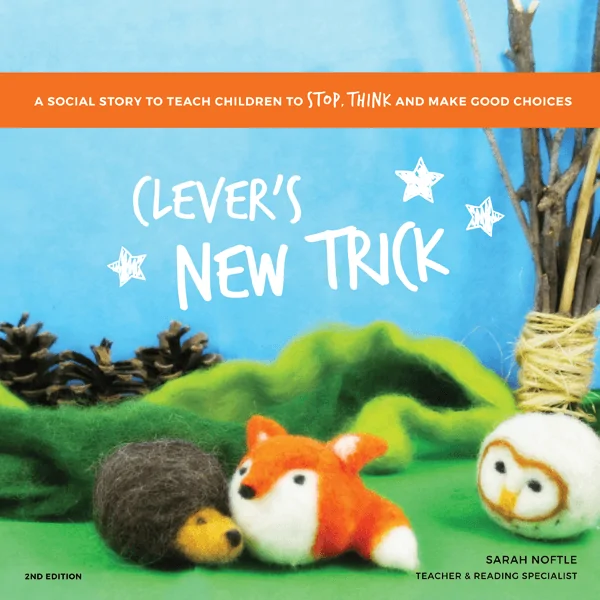
This activity, Storytelling Social Stories, involves crafting narratives that teach social skills and emotional intelligence to children. By weaving engaging stories, educators and parents can impart valuable lessons in empathy, communication, and conflict resolution.
Learn more: How we Learn
5. Fellings Identification Card
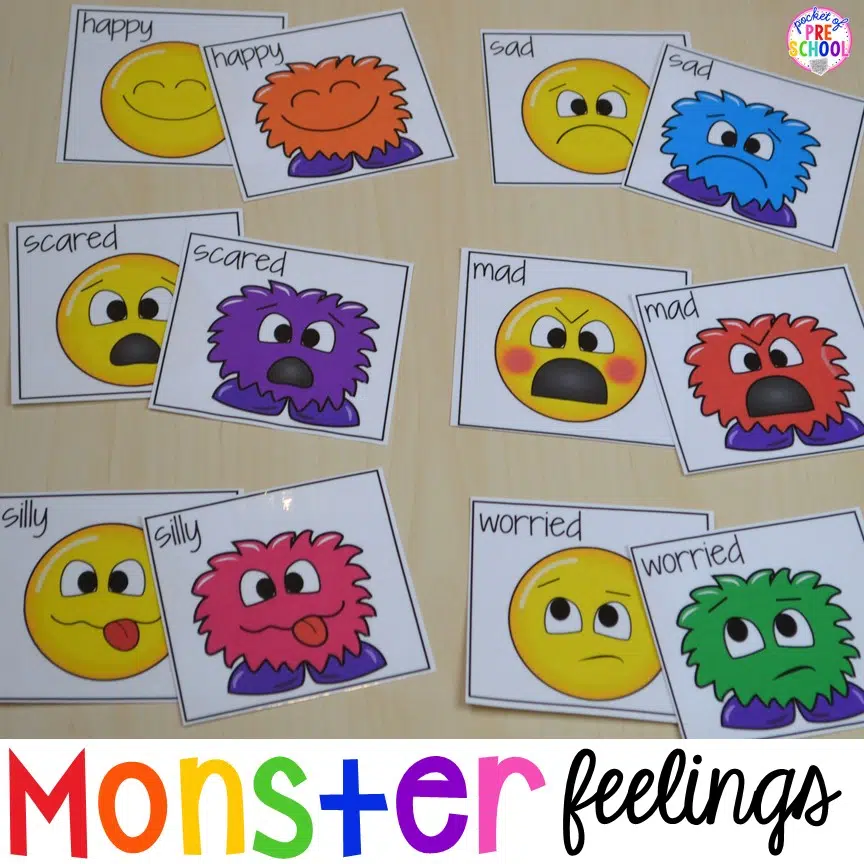
This activity involves creating feelings identification cards to help students recognize and express emotions. These cards typically feature various emotions with corresponding facial expressions or descriptive words.
Learn more: Pocket of Preschool
6. Emotion Guessing Activity
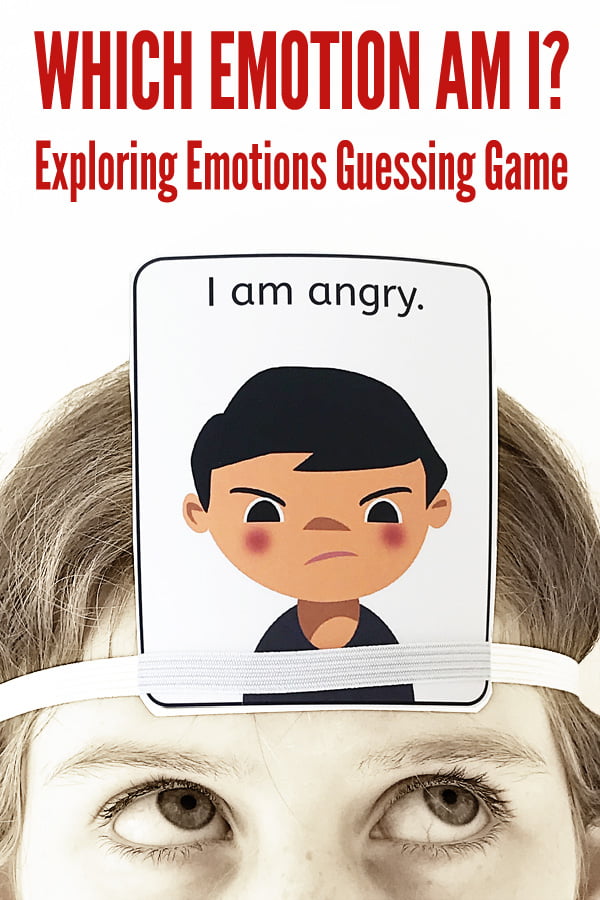
The Emotion Guessing Game involves placing emotion flashcards on participants’ foreheads, who then try to guess the emotion they are displaying based on others’ reactions and clues.
Learn more: Childhood 101
7. Social Emotional Board Game Activity
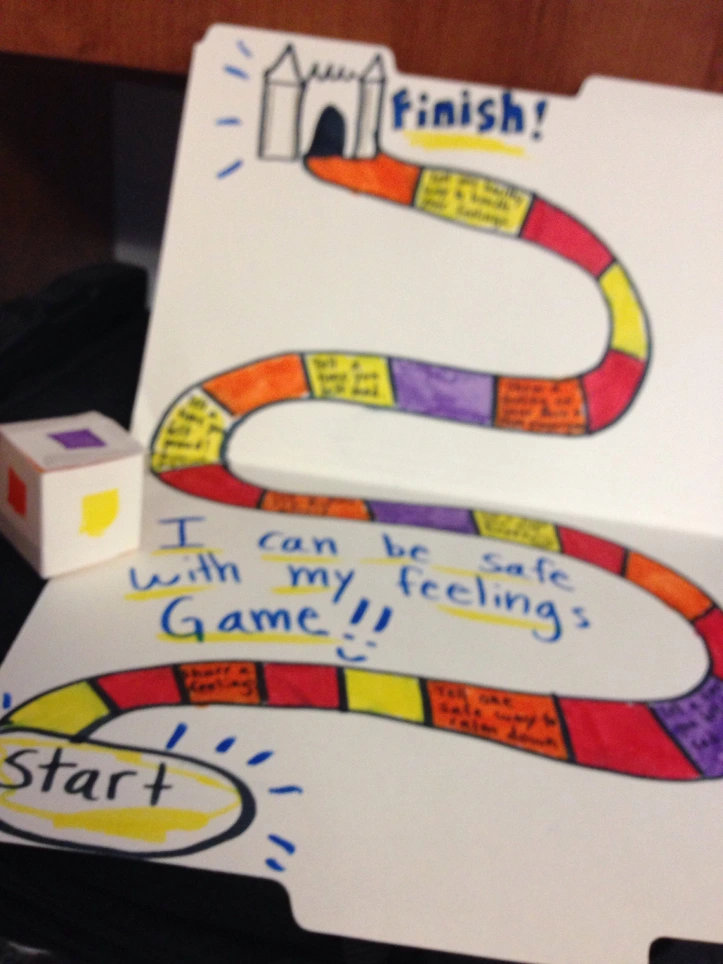
The Social Emotional Board Game Activity is a interactive game designed to promote social and emotional learning (SEL) skills in students.
Players navigate through the game board, encountering scenarios that require them to make decisions, solve problems, and understand emotions.
Learn more: Kristina Marcelli
8. Body Language Social Emotional Learning Activity
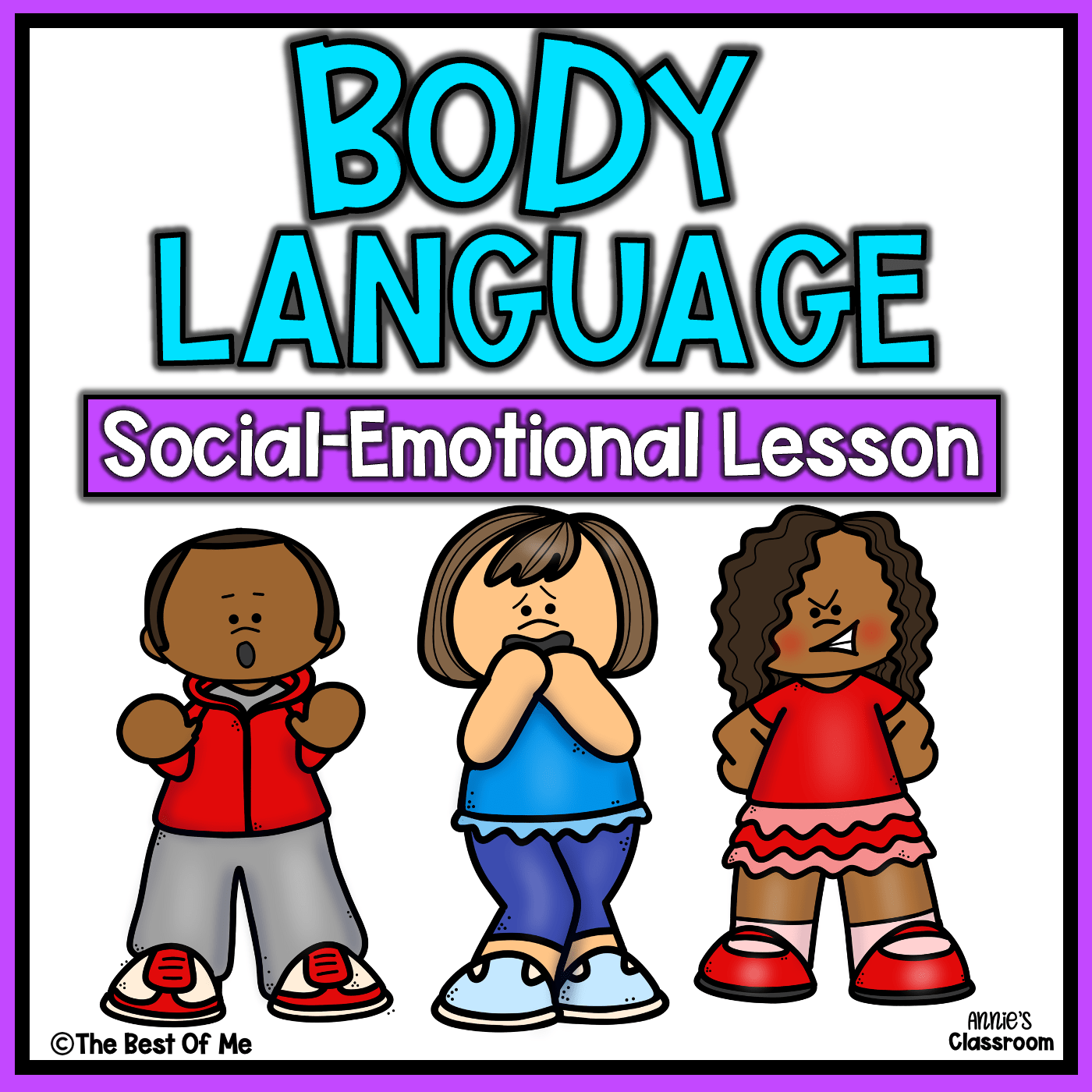
The Body Language Social Emotional Learning Activity focuses on teaching children to recognize and interpret nonverbal cues in communication. Through interactive exercises such as role-playing, observation, and discussion, children learn to understand the emotions conveyed through body language gestures such as facial expressions, posture, and gestures.
Learn more: Annies Classroom
9. Emoji Feelings Faces
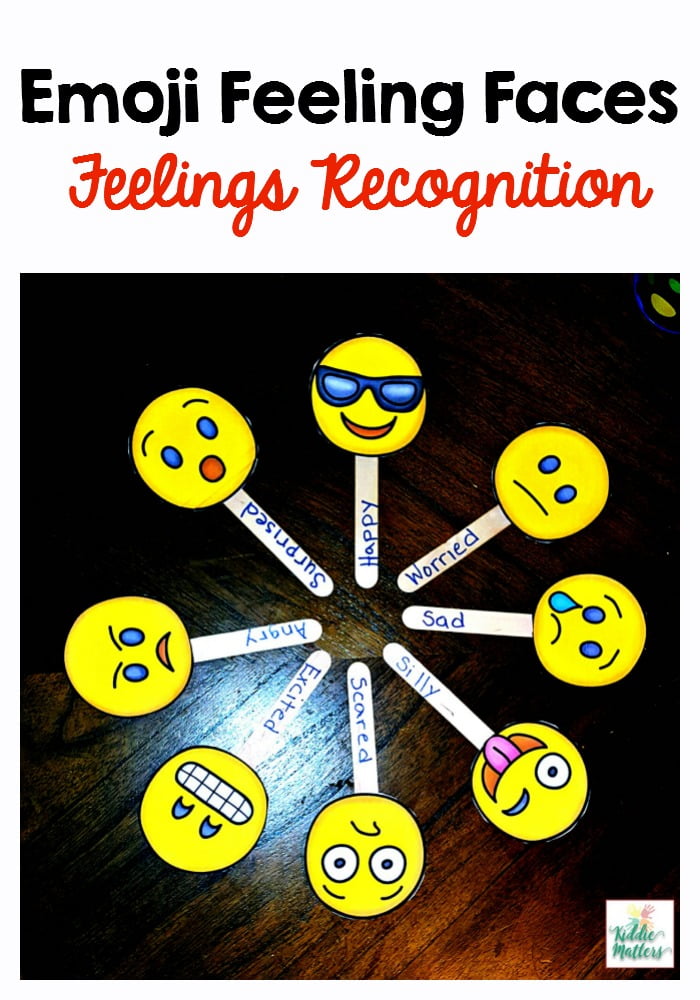
The Emoji Feelings Faces activity involves using emoji-themed visuals to help students identify and express their emotions. Participants select emojis that represent how they’re feeling and discuss why they chose those specific ones.
Learn more: Kiddie Matters
10. Toilet Paper Rolls Dolls
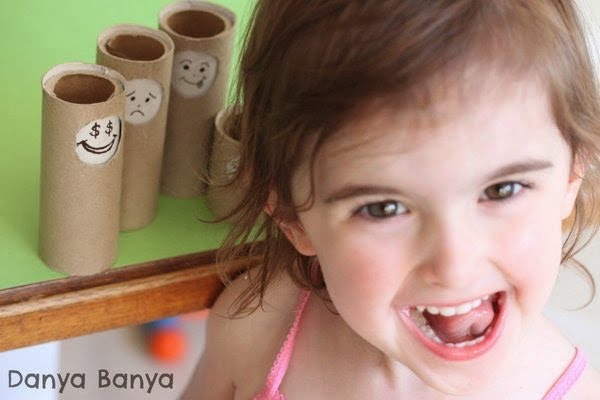
Toilet Paper Roll Dolls are crafted using empty toilet paper rolls as the base, which are then decorated and customized to create unique dolls. This DIY project encourages creativity and resourcefulness while providing a fun and sustainable way to repurpose household items.
Learn more: Danya Banya
11. Paper Plate Emotion Masks
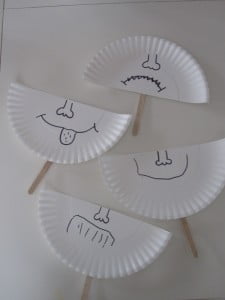
The Paper Plate Emotion Mask activity involves using paper plates as the foundation for creating masks that represent different emotions.
Children can draw, paint, or use craft materials to depict various facial expressions corresponding to different emotions such as happiness, sadness, anger, and surprise
Learn more: No Time for Flash Cards
12. Emotions Discovery Bottles

Emotions Discovery Bottles are sensory tools filled with various materials like water, glitter, and small objects, designed to represent different emotions. These bottles provide a visual and tactile way for children to explore and understand their feelings.
Learn more: Laly Mom
13. Easy Worry Dolls
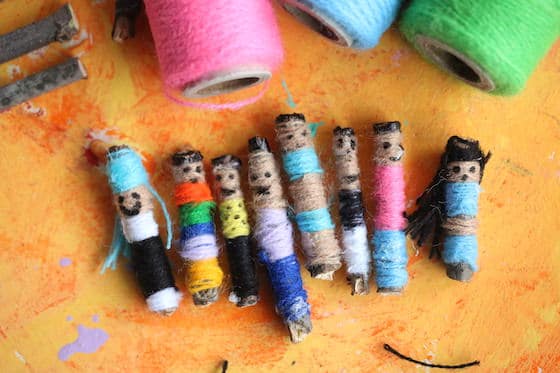
Emotions Discovery Bottles are sensory tools filled with various materials like water, glitter, and small objects, designed to represent different emotions. These bottles provide a visual and tactile way for children to explore and understand their feelings.
Learn more: Happy Hooligans
14. Thumbs Up, Thumbs Down Jar
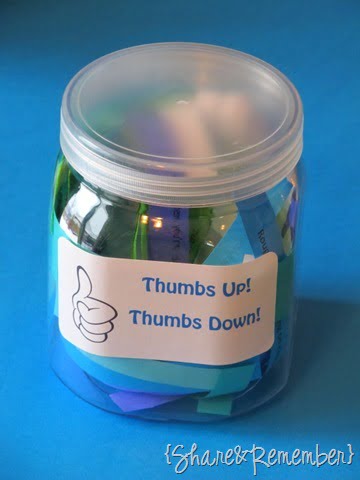
The Thumbs Up, Thumbs Down Jar activity involves filling a jar with slips of paper containing various scenarios or situations. Children take turns picking a slip and indicating whether they would give it a “thumbs up” or “thumbs down” based on their opinion or reaction to the scenario.
Learn more: Things to share and remember
15. Build a Flower Emotions Match
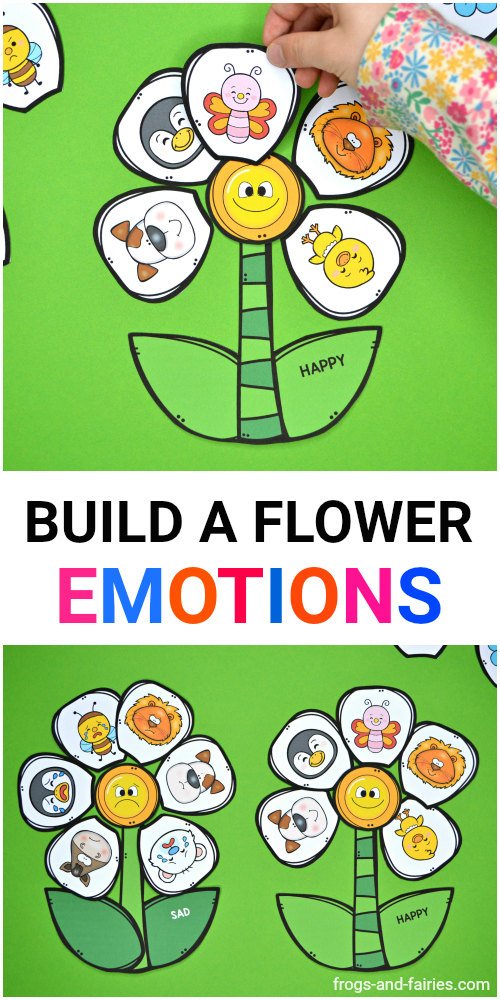
Build a Flower Emotions Match is an activity where children match different emotions with corresponding parts of a flower. Each emotion, such as happiness, sadness, anger, or excitement, is represented by a specific component of the flower, such as petals, leaves, or the stem.
Children then arrange these components to construct a complete flower, associating each emotion with its visual representation.
Learn more: Frog and Faries
16. Identifying Emotions with Self Portraits
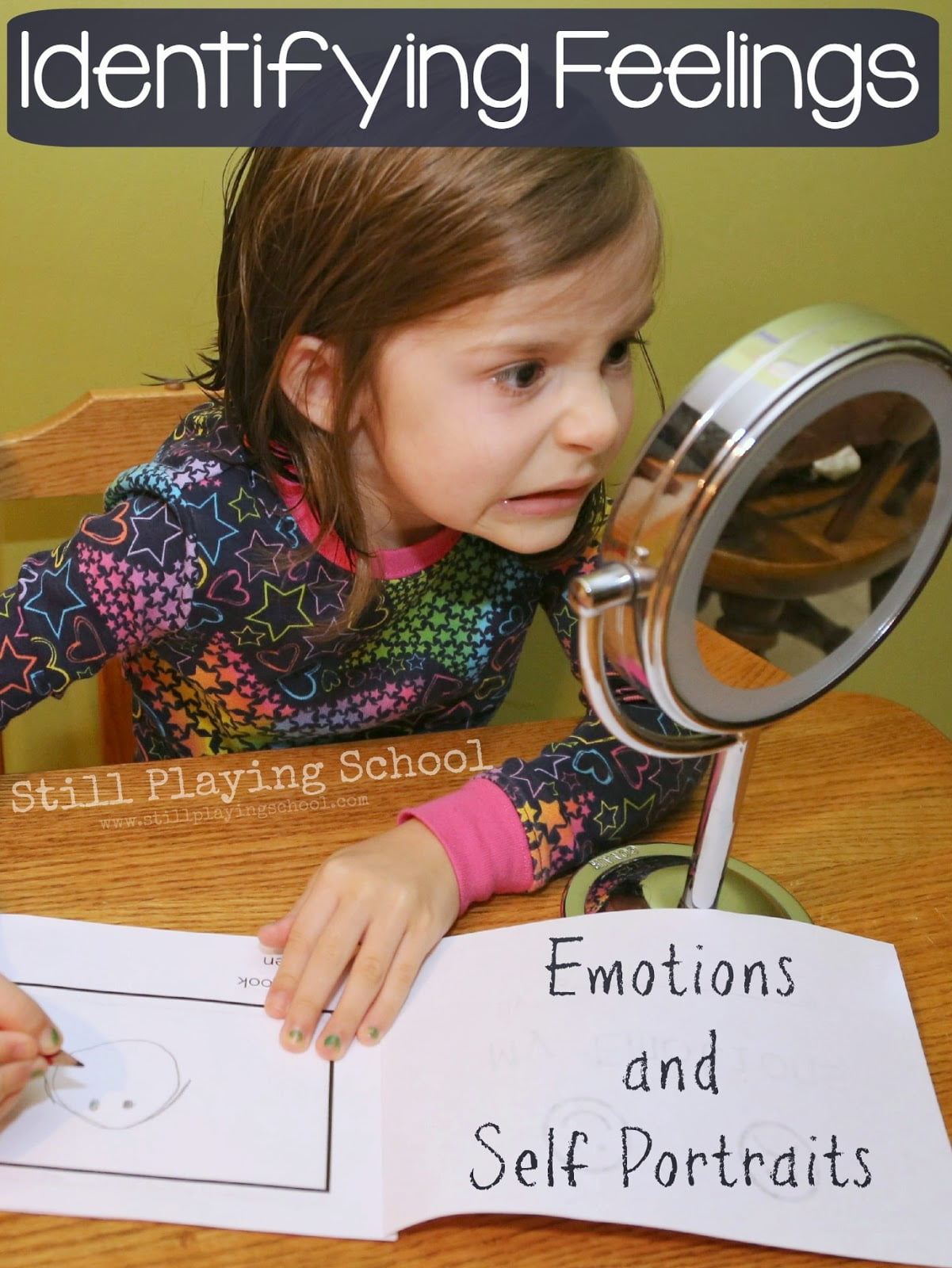
Identifying Emotions with Self Portraits is an activity where children create portraits of themselves or look in the mirror expressing various emotions.
By identifying the drawing or painting of their own faces to reflect different feelings such as happiness, sadness, anger, and excitement, children develop emotional recognition skills and self-awareness.
Learn more: Still Playing School
17. Fishing for Feelings
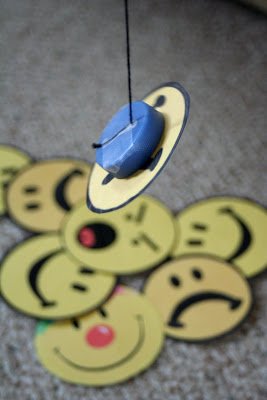
“Fishing for Feelings” is an engaging activity where children use magnetic fishing rods to “catch” paper emojis representing various emotions. Each emoji corresponds to a different feeling, such as happiness, sadness, excitement, or anger.
As children reel in the emojis, they discuss the emotions they’ve caught, sharing personal experiences or thoughts related to each feeling.
Learn more: Little page turners
18. Teaching Social Skills with Social Stories
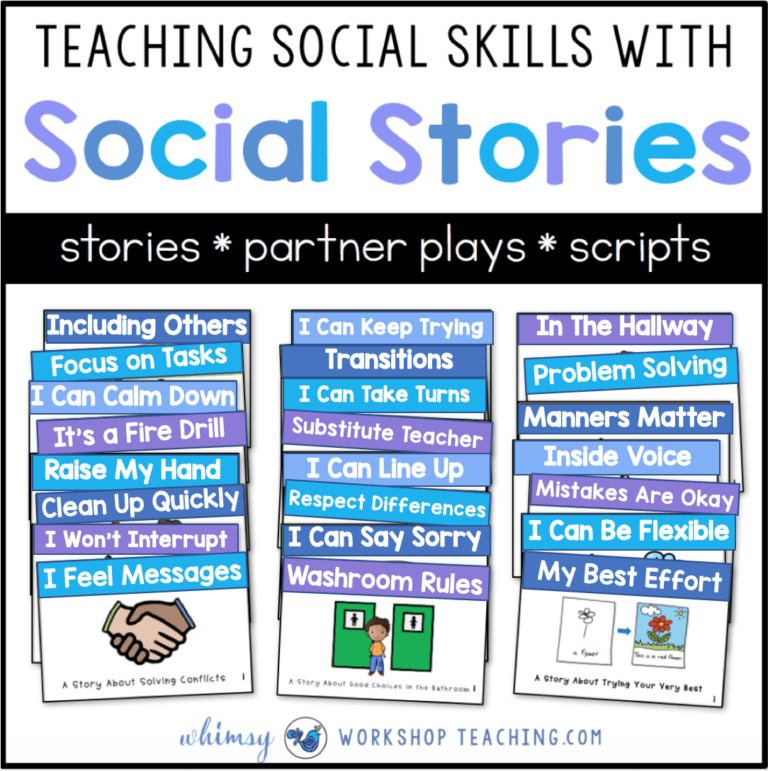
Teaching Social Skills with Social Stories is a powerful tool for educators and parents to impart crucial social and emotional lessons to children. Social Stories are narratives that depict social situations and behaviors in a structured and understandable format.
Learn more: Whimsy Workshop Teaching
20. Goal Setting Activity
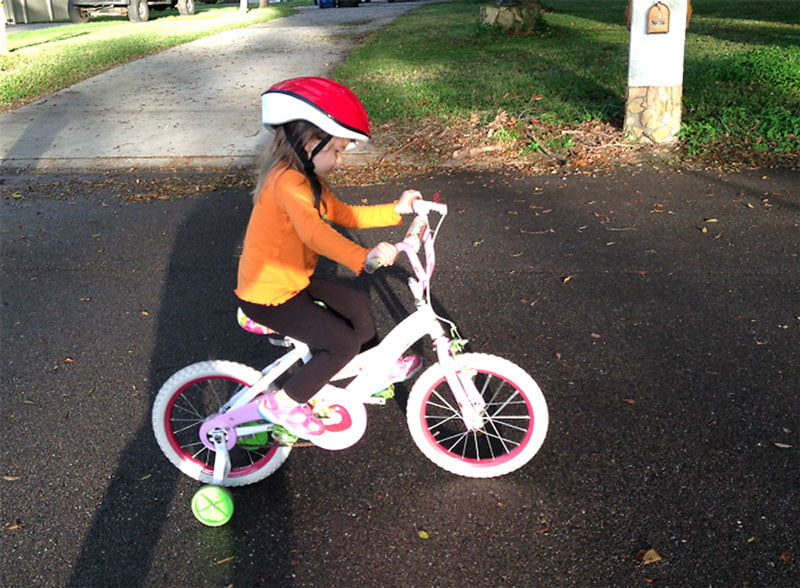
This Activity combines social and emotional learning with goal setting through biking. Children set biking goals, create plans to achieve them, and track their progress. This activity enables children to develop perseverance and resilience while promoting physical activity.
Teachers and parents can use biking as an effective tool to teach goal-setting skills and foster a healthy lifestyle, encouraging students to take control of their personal growth and development.
Learn more: Pam Barn Hill
21. Puppet Play and Emotions Activity
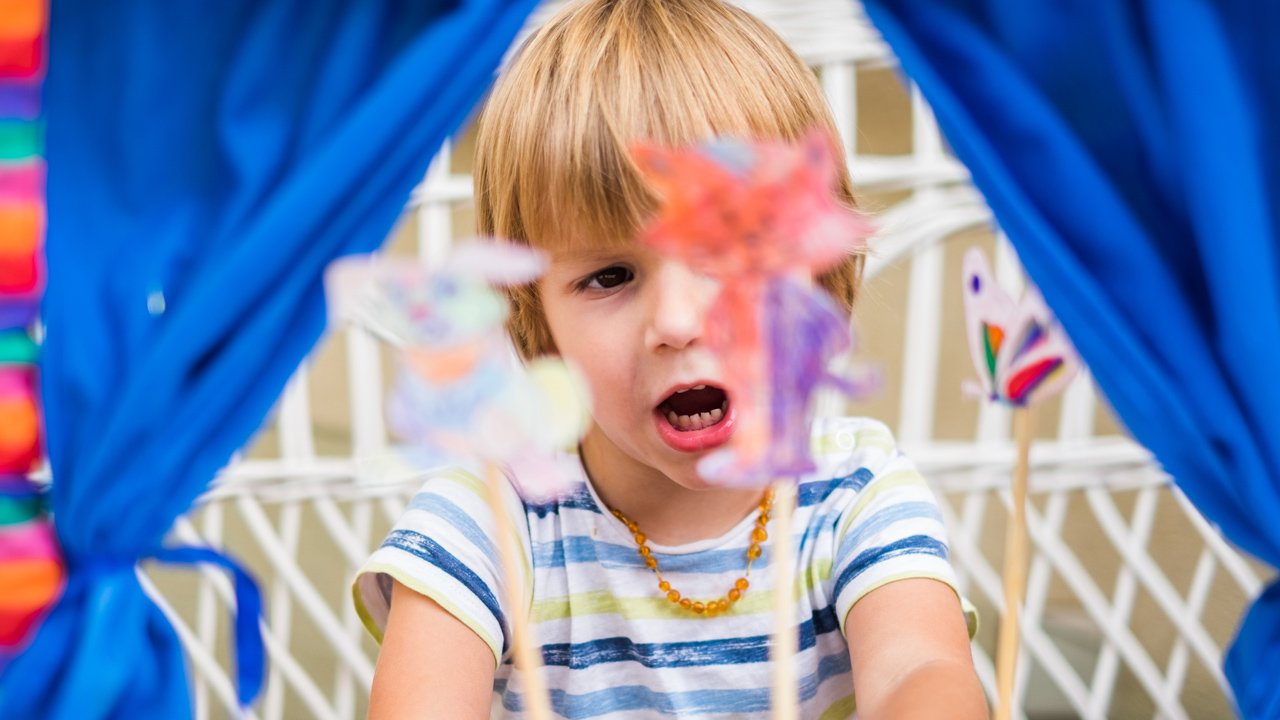
The Puppet Play and Emotions Activity involves using puppets to explore and express various emotions creatively and interactively. Children can manipulate the puppets to act out different scenarios that elicit specific feelings, allowing them to observe and discuss emotional responses.
Learn more: Raising Children
22. Compliment Chain Activity
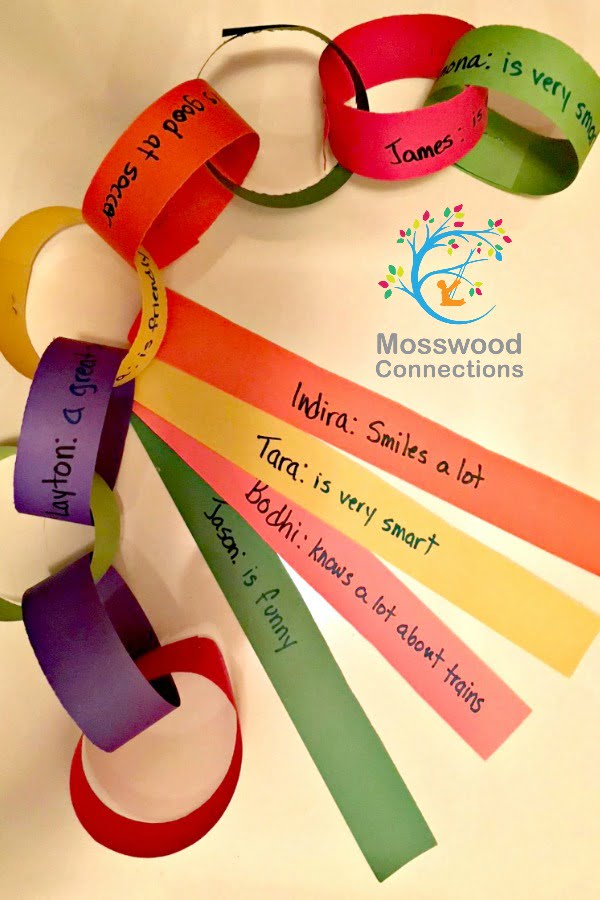
This activity, known as the Compliment Chain, fosters positivity and strengthens bonds among participants. To initiate, each individual writes a compliment about someone else on a paper link, forming a chain of uplifting messages.
Learn more: Moswood Connection
23. Feelings and Emotions Playdough Mats
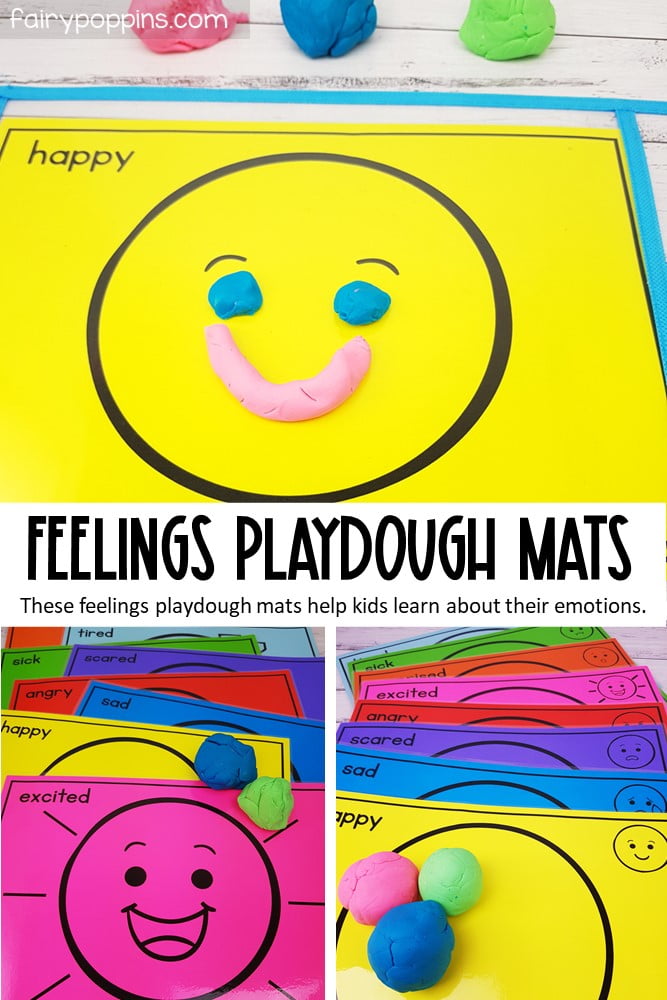
The Feelings and Emotions Playdough Mats are an engaging tool for children to explore and express their emotions creatively. These mats feature various facial expressions and scenarios that prompt children to mold playdough to reflect different feelings.
Learn more: Fairy Poppins
24. Reading Kindness Books
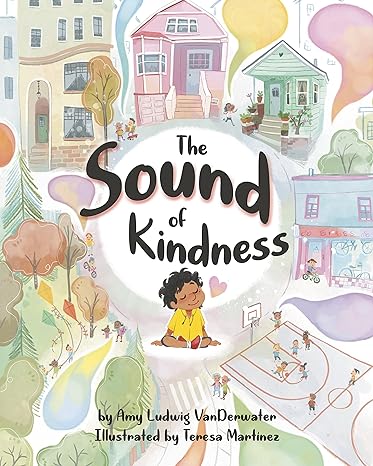
Reading kindness books is a simple yet powerful activity for nurturing empathy and compassion in children. By exploring stories that highlight acts of kindness and generosity, young readers not only develop their literacy skills but also internalize important values.
Learn more: We are Teachers
25. Printable Emotions Sorting Game
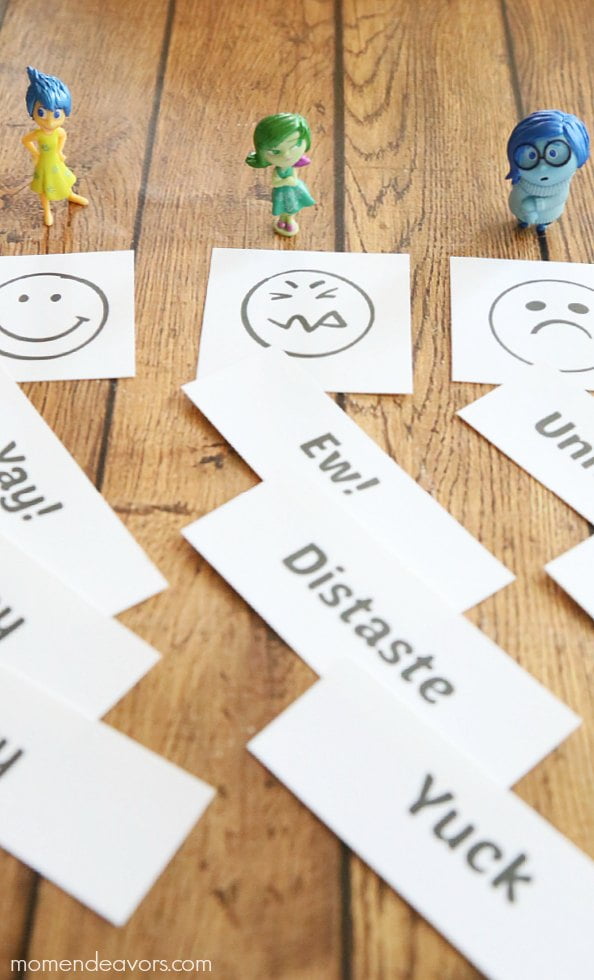
This activity involves a printable emotions sorting game designed to help children recognize and understand various emotions. It can be easily made by printing out the provided templates and cutting out the emotion cards.
Learn more: Mom Endeavors
26. Doorbell Rang Cookie Sharing Activities

The doorbell rang cookie sharing activity is a delightful way to teach children about sharing, division, and basic math concepts. Inspired by the book “The Doorbell Rang” by Pat Hutchins, this activity involves pretending to share cookies among friends as the doorbell keeps ringing and more guests arrive.
Learn more: Pre-K Pages
27. Emotions Egg Matching
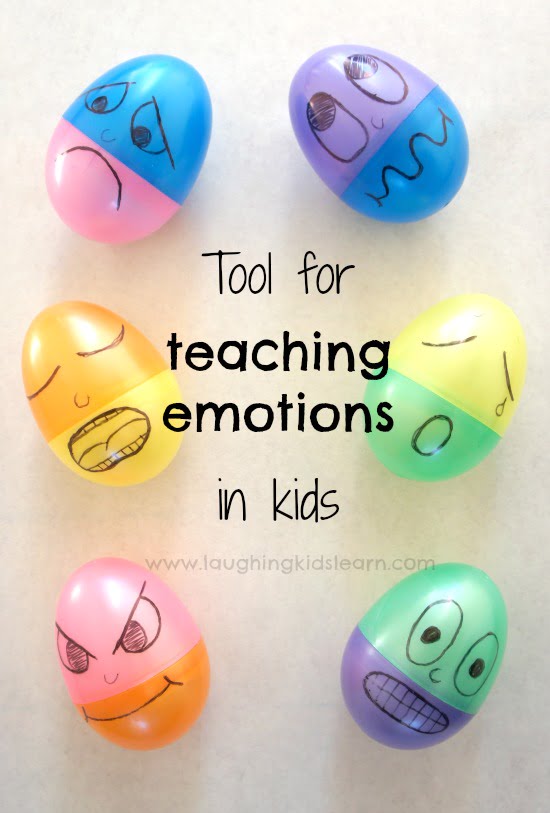
This activity, Emotions Egg Matching, involves creating a set of plastic eggs with various facial expressions drawn on them to represent different emotions. Students are then tasked with matching the facial expressions to corresponding emotion words or scenarios.
Learn more: Laughing Kids Learn
28. Color My Feelings
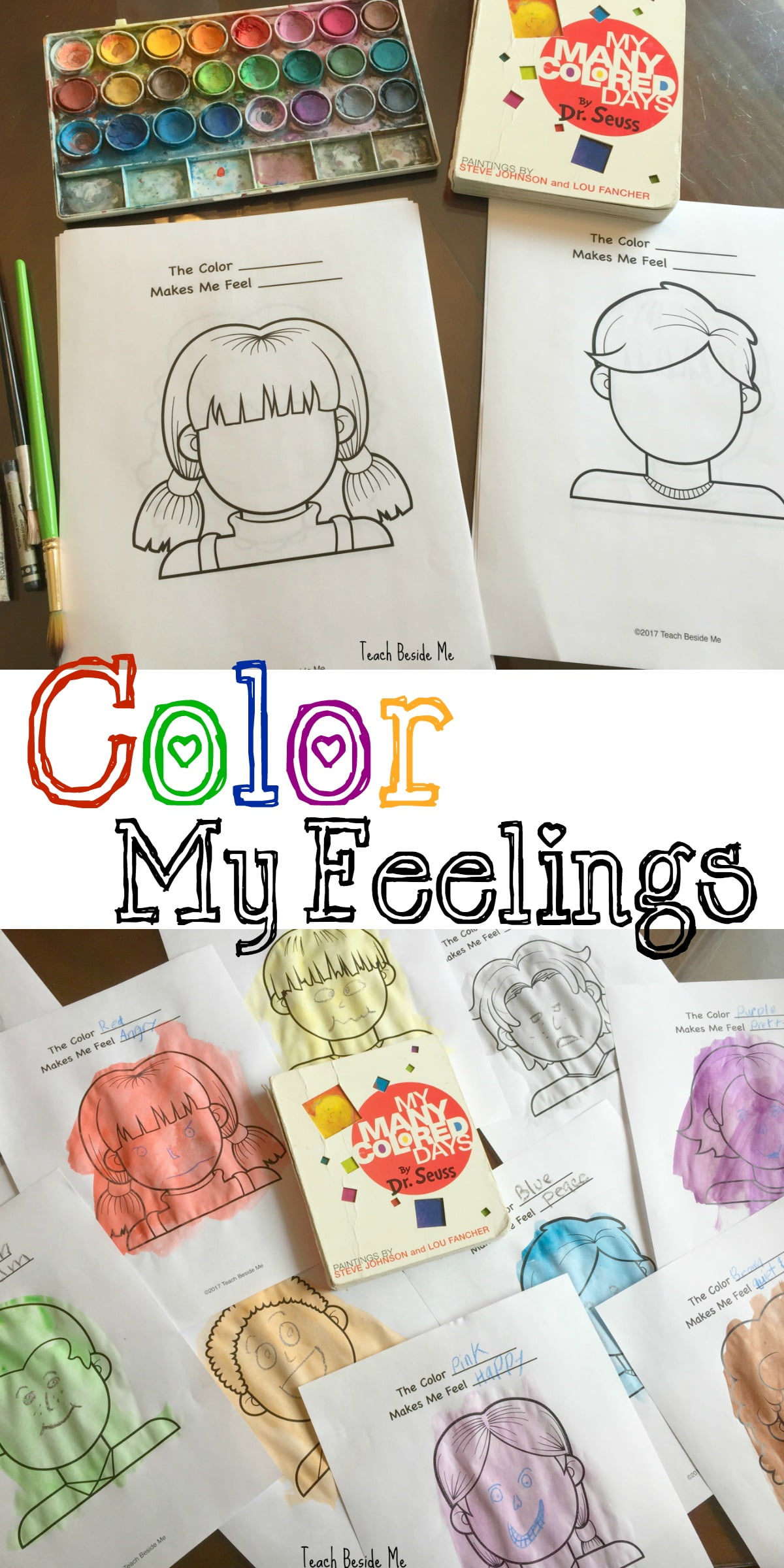
This activity is an activity designed to help individuals express and explore their emotions through art. By choosing colors and filling in the designs, individuals can visually represent their emotional states, facilitating introspection and communication.
Learn more: Teach beside me
29. Listening Activity
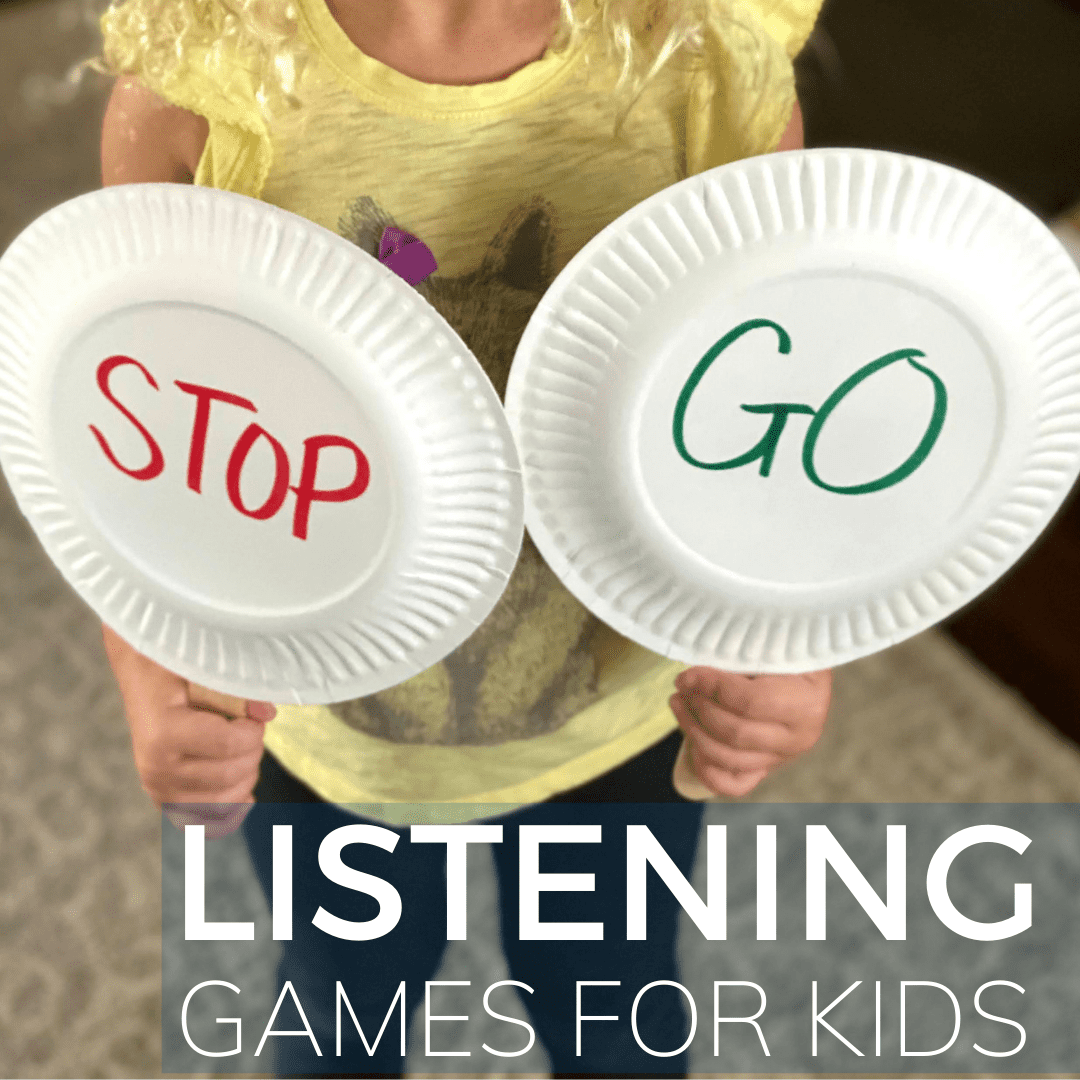
Good listening skill are crucial so here are 12 simple listening games and songs.
Learn more: Toddler Approved
30. Cookies Kind and Unkind Sorting Game
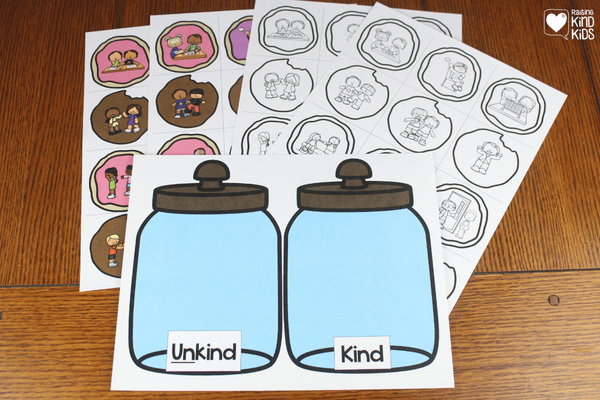
This Kindness Cookies Kind or Unkind sorting game helps students to determine what is kind and what is not.
Learn more: Coffee and Carpool

